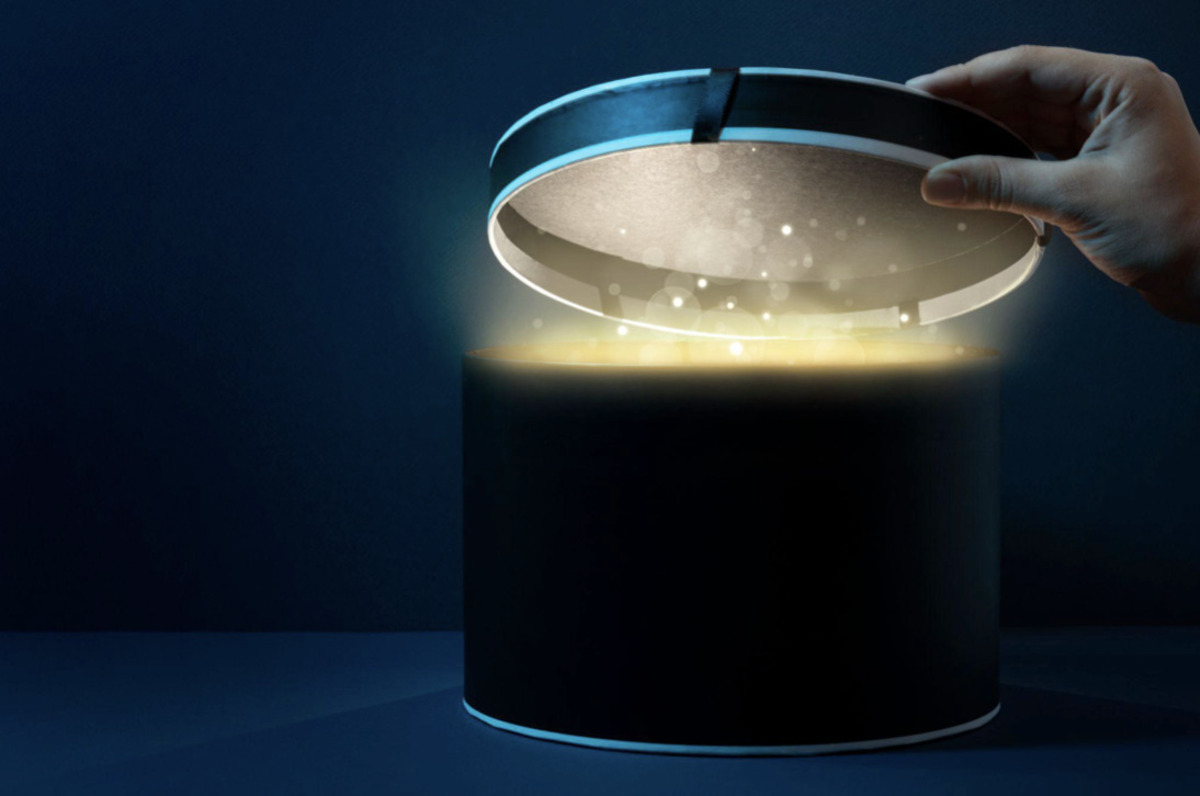
Preserving Moments That Tells a Story
Memories shape our lives, connecting us to the past and guiding us toward the future. A time capsule is a way to preserve those moments, allowing future generations to experience life as it was. Whether you’re creating one for your family, a community project, or personal reflection, it becomes a bridge between eras, carrying stories and emotions across time.
Photographs and written accounts are two of the most powerful ways to capture memories. By selecting the right images and crafting meaningful narratives, you ensure that the people who open the capsule will understand the experiences, emotions, and values of today. Thoughtfully curating a time capsule means thinking about what will matter in years to come and choosing items that best reflect this moment in time.
This guide explores the steps to making a meaningful time capsule filled with stories and photographs. From choosing the right materials to organizing content in a lasting way, you’ll find everything you need to create a piece of history worth revisiting.
Choosing the Purpose of Your Time Capsule
Every time capsule has a purpose. Some are meant for family, preserving memories for future generations. Others serve as community projects, documenting shared history and cultural moments. Knowing your purpose will guide the decisions you make about what to include and how to present it.
A personal time capsule might include journal entries, letters to your future self, or snapshots of everyday life. A family capsule could focus on milestone events, such as birthdays, holidays, and significant achievements. If you’re making one for a larger audience, such as a school or neighborhood, consider including letters from various people, newspaper clippings, or local artifacts.
Once you define the purpose, you can better decide how to structure the contents. Thinking about the audience—whether it’s your future self, your children, or an entire community—will help shape the narrative you want to tell.
Selecting the Right Container for Preservation
The container you choose will determine how well your time capsule withstands the elements. If you plan to bury it, a waterproof and rust-resistant metal or plastic container is best. For indoor storage, a sturdy, airtight box will work just as well. The goal is to protect your items from moisture, air exposure, and potential damage over time.
Consider the duration before opening when selecting your materials. If the capsule is meant to last several decades, invest in archival-quality storage solutions, such as acid-free paper and sealed plastic bags for photographs. Vacuum-sealed pouches can further help prevent damage from humidity and light exposure.
Labeling the capsule with an expected opening date can also add significance. Whether it’s 10, 20, or 50 years into the future, having a clear timeframe will build anticipation and ensure it remains protected until the right moment arrives.
Capturing Personal Stories in Writing
Words carry emotions that photos alone cannot express. Writing letters, journal entries, or short essays can add depth to the memories stored in the capsule. Consider writing about your daily life, your thoughts on current events, or your hopes for the future.
A great way to personalize your time capsule is by asking multiple people to contribute. Family members, friends, or community members can write letters about their experiences, what they value most today, and what they wish for future generations. These firsthand accounts will bring an authentic, personal touch to the time capsule.
Handwritten letters can be especially meaningful, carrying the unique imprint of a person’s handwriting. However, typed and printed documents can also work well, especially when stored on archival-quality paper. No matter the format, the goal is to create something that future recipients will find insightful and emotionally impactful.
Selecting the Best Photographs to Include
Photos freeze moments in time, offering a visual story of your life. Choosing the right pictures for your time capsule means thinking beyond posed shots and capturing real-life memories. Candid photos of family gatherings, everyday routines, and significant milestones will offer a more authentic glimpse into the past.
Including a mix of old and new photos can provide context. If possible, add brief captions to explain the significance of each image. A note detailing where and when the photo was taken, as well as the people in it, will help future viewers understand the moment it captures.
Printing photos on high-quality, acid-free paper can prevent fading over time. Digital backups on a USB drive or SD card can also be included, but remember that technology changes, and future generations may need an older device to access them.
Organizing the Content for Easy Discovery
How you arrange the contents inside your time capsule matters. Place delicate items like photographs and paper materials in protective sleeves or folders to prevent creasing and damage. Heavier items should go at the bottom, with lighter, more fragile pieces on top.
Creating a small inventory list inside the capsule can help future recipients understand its contents. A brief note explaining why certain items were included will add meaning to the experience. If you’re including multiple letters or written pieces, consider binding them together in a booklet or folder for easier reading.
Labeling items with dates and names can make the time capsule feel more personal. This small effort will help future generations connect more deeply with the memories inside.
Adding Meaningful Objects to Complement Stories
Beyond photos and letters, small objects can bring stories to life. A favorite book, a child’s drawing, a concert ticket, or a piece of fabric from a special outfit—each item adds to the story the capsule tells. These tangible pieces create a sensory connection to the past.
Items should be chosen carefully to avoid degradation. Avoid anything perishable, fragile, or that might break down over time. If including textiles, wrap them in acid-free tissue paper to prevent yellowing. For digital content, consider adding a printed list of what’s stored on any USB drives or memory cards.
A mix of personal and cultural artifacts will create a well-rounded time capsule. The goal is to make the experience meaningful for whoever opens it, whether it’s family, friends, or even a future historian.
Storing or Burying Your Time Capsule Safely
Where you store your time capsule depends on how long you plan to keep it sealed. If you’re burying it, ensure the location is secure and marked. Waterproof and corrosion-resistant materials are essential for underground storage. Consider leaving a note or marker to indicate where it’s buried, along with instructions on when to open it.
For indoor storage, keeping the capsule in a cool, dry place is best. A closet, attic, or family archive shelf can be ideal. Some people choose to place their capsule in a safety deposit box or a sealed container within a home library.
Sharing the capsule’s existence with trusted people can prevent it from being lost. A written record of its location and purpose ensures it will be opened as planned.
Keeping the Tradition Alive for Future Generations
A time capsule is more than a collection of objects—it’s a way to pass down history, emotions, and experiences. Families who create them may find it meaningful to repeat the tradition, making it a generational project. Schools and communities can establish recurring time capsule events, allowing each new group to add to the legacy.
Encouraging children and younger family members to participate adds to the significance. They can contribute letters, drawings, or reflections, making them feel part of something bigger than themselves. As the years go by, they’ll look forward to rediscovering these moments.
The beauty of a time capsule lies in its ability to connect people across time. When opened, it brings the past into the present, reminding us of how much has changed—and how much has stayed the same.

